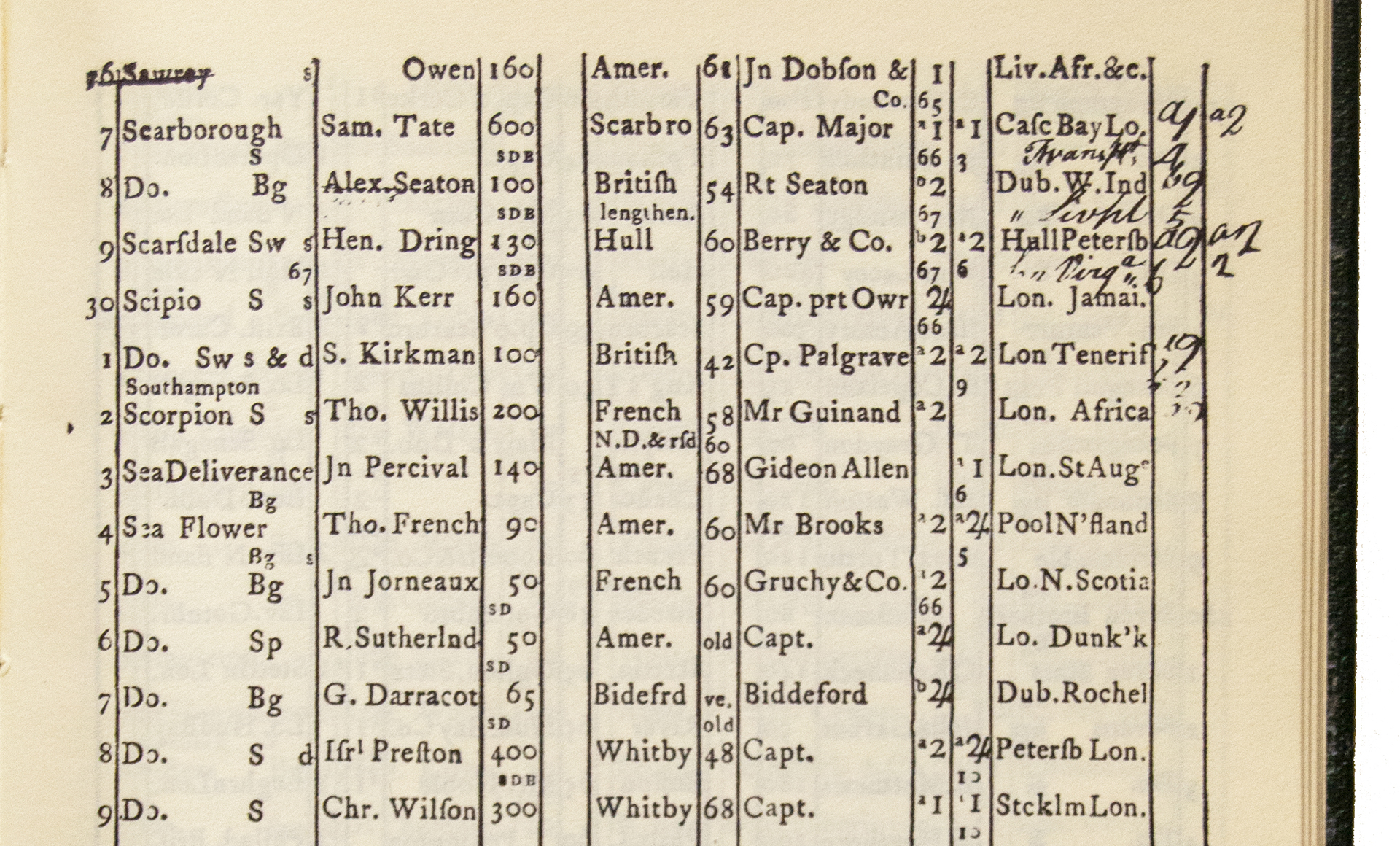A complete list of abbreviations can be downloaded here.
Organised shipping intelligence was first developed in the 18th Century. Ship owners, merchants, and underwriters met in coffee houses since commercial offices were almost nonexistent. They discussed news, business, and shared information. At the time, shipping cargo via sea was a risky endeavour.
Ships and their cargoes were lost frequently while disease and brutality reigned on board. Ocean voyages were marked by accidents caused by fire, falls, and overloading. To protect their businesses, merchants wanted to know which ships were fit to carry their goods across the oceans and were backed by the underwriters who wanted to minimise their losses.
The Society for the Registry of Shipping (later renamed Lloyd's Register of British and Foreign Shipping) was founded in 1760 to protect the commercial interests of all people involved in marine shipping operations. The Register Books reflected the willingness to provide the best possible information to merchants and underwriters on which they would have based their decisions, indicating the seaworthiness of vessels.
The Register Books were the first publication to provide this information on a regular basis. The hull and equipment of the vessels were inspected, and a 'class' (or rating) was applied to them. The subscriptions to the Register Books generated revenue which could be reinvested in the work of surveyors. This established Lloyd's Register as the first classification society.
For more information on the early Register Books see Infosheet no. 34.



